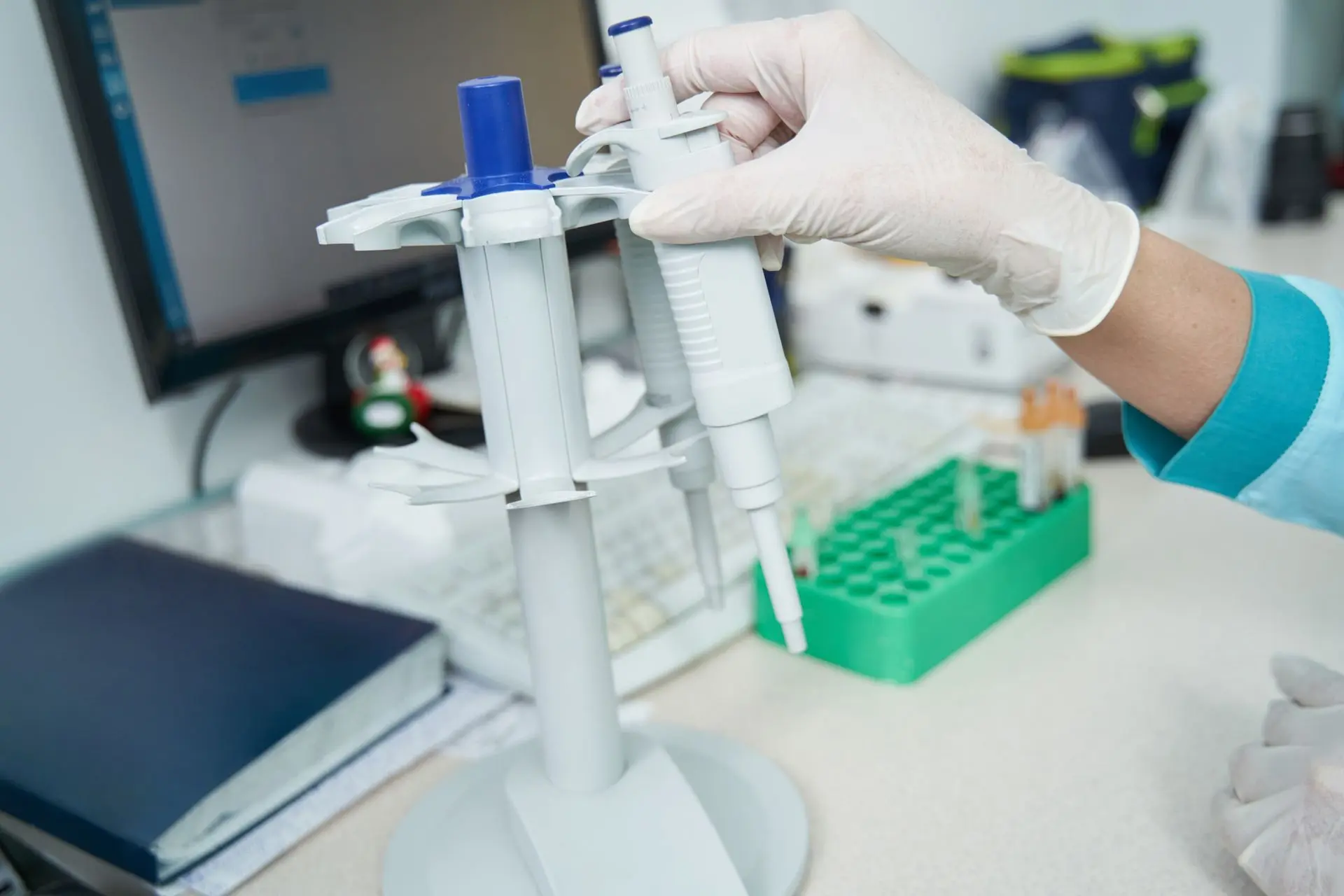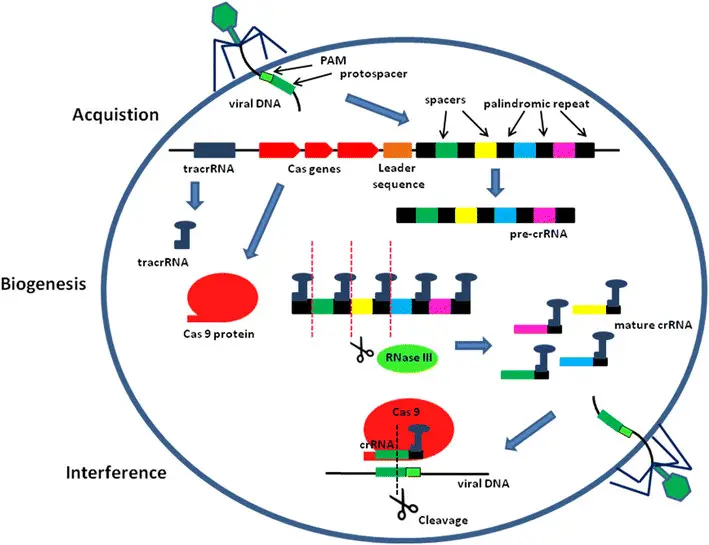
CRISPR-Based Diagnostics: A New Era in MAP Detection
Ultra-Specific, Ultra-Fast: Harnessing Gene Editing Tools for Bacterial Identification
A Molecular Revolution in Diagnostics
The field of molecular biology was completely changed by the discovery of CRISPR-Cas systems, first for gene editing and then, more recently, for extremely accurate pathogen detection. Mycobacterium avium subsp. paratuberculosis (MAP), the bacterium that causes Johne's disease in ruminants, is now being detected using this innovative technology. In contrast to conventional diagnostics, CRISPR provides a potent combination of specificity, speed, and ease of use, which is particularly advantageous in low-resource or field settings.
This page discusses the workings of CRISPR diagnostics, available platforms, their application in MAP research, and the reasons they are among the most exciting emerging molecular detection technologies.
How CRISPR-Based Diagnostics Work
A Cas enzyme that is directed by a tiny RNA molecule is at the core of this technology. This guide RNA is designed to identify a particular MAP DNA or RNA sequence. The Cas enzyme is activated once it binds the target and starts cleaving DNA or RNA, including extra "reporter molecules" that change color or fluoresce when they are cut.
Important steps in the diagnostic process include collecting samples from tissue, blood, feces, or milk.
Extract the nucleic acids that contain the MAP genetic material using DNA/RNA extraction.
Isothermal Amplification (optional): To increase sensitivity, use LAMP or Recombinase Polymerase Amplification (RPA).
Add the Cas enzyme, guide RNA, and reporter molecule to initiate the CRISPR Reaction.
Signal Detection: Use a detector to read fluorescence or view it on a lateral flow strip.
Uses for MAP Diagnostics
Research, environmental monitoring, and veterinary health all have exciting prospects thanks to CRISPR diagnostics:
- On-Farm Identification
Without requiring centralized labs, farmers and veterinarians can quickly screen livestock using portable CRISPR systems.
- Molecular Monitoring
Multiplex detection, which identifies several strains or genes in a single test, allows you to monitor the spread and strain variation of MAP.
- The Safety of Food
Check for MAP contamination in milk or dairy products, particularly in pasteurized milk where conventional culture techniques might not work.
Why It Matters for MAP
The complex biology of MAP—slow growth, intracellular survival, and resilience—makes it notoriously hard to detect with conventional methods. CRISPR offers:
- Ultra-fast answers, reducing diagnostic delays.
- Point-of-care deployment, bridging the gap in rural settings.
- Lower cost per test, especially for mass screening.
The Future of CRISPR Diagnostics for MAP
CRISPR continues to evolve, and several exciting possibilities lie ahead:
- Smartphone-compatible devices for CRISPR readout.
- All-in-one portable kits for use on farms, markets, and transportation hubs.
- Data integration with surveillance systems for real-time mapping of MAP spread.
- Automation of sample-to-answer workflows for veterinary hospitals or research labs.
